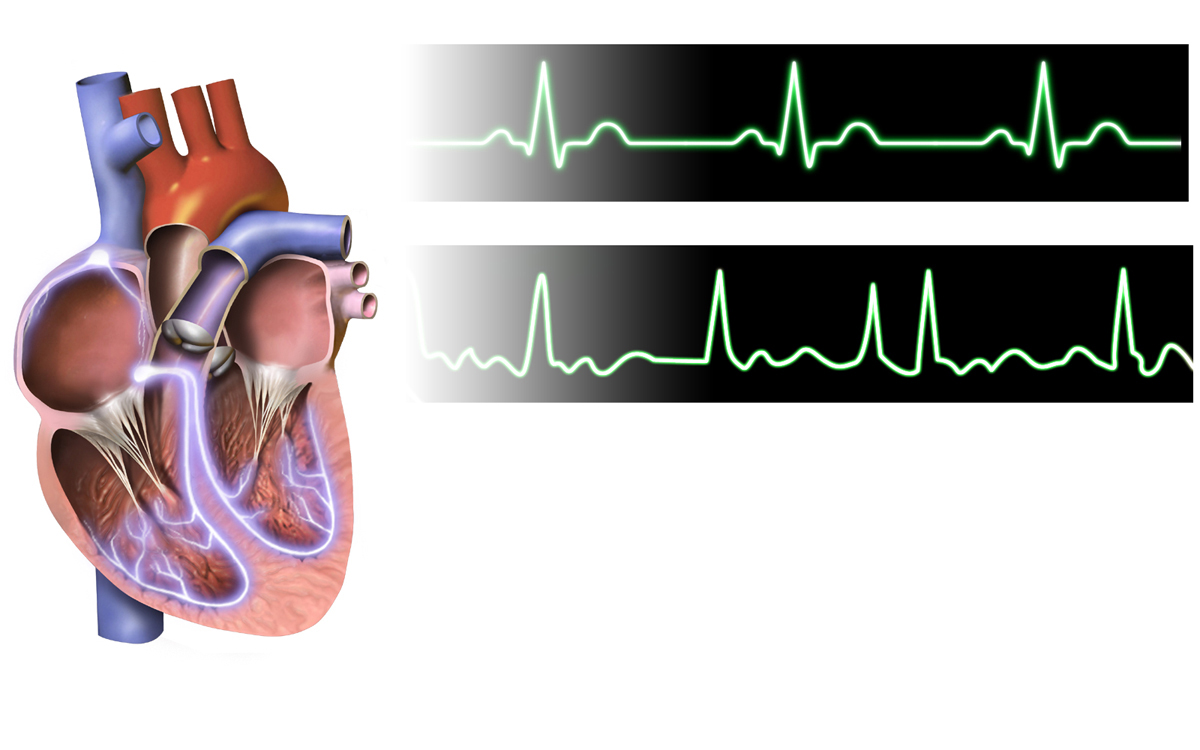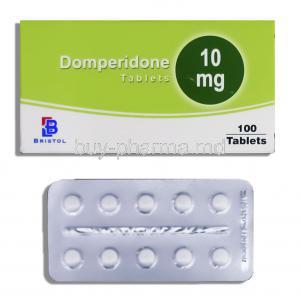Zofran Zydis
- Introduction to Zofran Zydis
- Composition of Zofran Zydis
- Uses of Zofran Zydis
- How Zofran Zydis Works
- Dosage and Administration
- Common Side Effects of Zofran Zydis
- Serious Side Effects and Warnings
- Precautions for Use
- Contraindications of Zofran Zydis
- Drug Interactions
- Overdosage and Emergency Management
- Storage Guidelines
- Handling Precautions
- Key Warnings and Important Safety Information
- Conclusion
Introduction to Zofran Zydis
Zofran Zydis is a widely recognized medication designed to combat nausea and vomiting associated with various medical conditions. Its unique feature lies in its orally disintegrating tablet form, which dissolves rapidly on the tongue, eliminating the need for water. This innovation enhances convenience, particularly for patients experiencing severe nausea. Approved by the FDA, Zofran Zydis has become a cornerstone in the management of nausea, offering fast and reliable relief for those undergoing chemotherapy, radiation therapy, or surgery.
Composition of Zofran Zydis
The active ingredient in Zofran Zydis is ondansetron, a potent serotonin 5-HT3 receptor antagonist. This compound effectively blocks nausea and vomiting signals in the brain. In addition to the active ingredient, the medication contains inactive components, such as mannitol and aspartame, which aid in the tablet's rapid disintegration and palatability. Zofran Zydis has various strengths, including 4 mg and 8 mg, allowing for tailored dosing to meet individual patient needs.

Uses of Zofran Zydis
Zofran Zydis is primarily used to manage nausea and vomiting associated with:
- Chemotherapy-induced nausea and vomiting (CINV)
- Post-operative nausea and vomiting (PONV)
- Radiation-induced nausea and vomiting (RINV)
Additionally, Zofran Zydis has proven effective in treating hyperemesis gravidarum, a severe form of morning sickness during pregnancy. Off-label uses include managing nausea caused by gastroenteritis, chronic nausea in palliative care, and nausea linked to opioid-induced vomiting. Its broad application underscores its versatility in clinical settings.

How Zofran Zydis Works
Zofran Zydis functions as a serotonin 5-HT3 receptor antagonist, targeting receptors in both the central nervous system and the gastrointestinal tract. By blocking these receptors, it disrupts the signaling pathways responsible for nausea and vomiting. This targeted mechanism makes it particularly effective, setting it apart from other antiemetics that may have broader and less specific effects.

Dosage and Administration
The recommended dosage for Zofran Zydis varies based on the condition being treated:
- CINV: Typically, 8 mg is administered before chemotherapy, followed by subsequent doses at 8-hour intervals.
- PONV: A single dose of 16 mg is often used before surgery.
- RINV: A regimen similar to CINV is employed.
The tablets should dissolve on the tongue without chewing or swallowing whole. Dosage adjustments may be necessary for elderly patients, pregnant women, nursing mothers, and children, emphasizing the importance of individualized care. Maximum daily dosages should not exceed 24 mg to minimize the risk of adverse effects.
Common Side Effects of Zofran Zydis
Like all medications, Zofran Zydis may cause side effects. Commonly reported issues include:
- Headache
- Constipation
- Fatigue
These side effects are typically mild and transient. Compared to other antiemetics, Zofran Zydis has a favorable side effect profile. Patients experiencing discomfort can often alleviate symptoms by staying hydrated and adjusting their routine.

Serious Side Effects and Warnings
In rare cases, Zofran Zydis may cause severe side effects, such as:
- QT prolongation, potentially leading to arrhythmias
- Serotonin syndrome, particularly when combined with SSRIs or SNRIs
- Severe allergic reactions, including anaphylaxis
Immediate medical attention is necessary if symptoms like chest pain, irregular heartbeat, or swelling of the face and throat occur. These warnings underscore the need for cautious use under medical supervision.
Precautions for Use
Special attention should be needed when using Zofran Zydis in groups of people.
Administration to Elderly
Older individuals could potentially have a heightened response to the medication. May require observation for any adverse reactions, like feeling lightheaded or constipated.

Administration to Pregnant Women
While Zofran Zydis is commonly prescribed for treating pregnancy-related nausea and vomiting (hyperemesis gravidarum), it is important to consult a healthcare before using it during pregnancy.
Administration to Nursing Mothers
Exercise caution when giving Zofran Zydis to nursing mothers as ondanestron might transfer to breast milk; consult with a doctor for options.
Administration to Children
When it comes to children's medicine, dosages based on weight play a role in ensuring effectiveness and reducing dangers. Zofran Zydis has been known to be safe, for kids when administered correctly.
Contraindications of Zofran Zydis
Absolute Contraindications
It's important to avoid giving Zofran Zydis to people who have shown allergies to ondansetron or any of its parts in the past since they may experience skin rashes or swelling as a reaction or even have a response to it. Additionally, it's crucial not to administer this medication to individuals with a diagnosis of long QT syndromes it can increase the risk of dangerous heart rhythm abnormalities that could be life-threatening.

Relative Contraindications
Special attention should be given to individuals with liver issues since their impaired liver function can cause drug levels to rise and pose a risk of toxicity. Likewise significant imbalances in electrolytes, like potassium or magnesium can increase the chances of QT prolongation making it important to monitor and address these before starting treatment.
Drug Interactions
Interaction with Other Medications
- SSRIs: Co-administration with selective serotonin reuptake inhibitors (SSRIs) increases the risk of serotonin syndrome, characterized by agitation, confusion, and muscle rigidity.
- QT-Prolonging Drugs: Concurrent use with other QT-prolonging agents, such as certain antiarrhythmics or antipsychotics, exacerbates the potential for arrhythmias.
- CYP3A4 Inhibitors and Inducers: Medications that influence CYP3A4 enzyme activity, like ketoconazole (inhibitor) or rifampin (inducer), can alter ondansetron metabolism, either intensifying effects or reducing efficacy.
To mitigate risks, patients should disclose all medications, including over-the-counter drugs and supplements, to their healthcare provider.
Overdosage and Emergency Management
Symptoms of Zofran Zydis Overdose
Overdose symptoms include severe dizziness, blurred or complete vision loss, and cardiac arrhythmias such as torsades de pointes. These manifestations may progress rapidly, requiring immediate intervention.
Immediate Steps to Take in Case of Overdose
Suppose someone appears to have taken much of a substance, and you have concerns about an overdose situation arising. In that case, seeing a doctor away for urgent medical care is important right away. To help reduce the amount of drugs absorbed in the body, activated charcoal might. It may be needed to manage symptoms such, as replenishing electrolytes the individual might need support.
Role of Medical Professionals in Overdose Management
Healthcare providers have an impact in cases of overdoses by monitoring electrocardiograms to identify and manage QT interval prolongation effectively and by utilizing cardiac life support (ACLS) measures for serious heart rhythm irregularities.
Storage Guidelines
Ideal Storage Conditions for Zofran Zydis
To maintain its effectiveness and quality, Zofran Zydis should be kept in a dry place at temperatures below 30°C (86°F). It's important to prevent exposure to moisture or high temperatures as this can affect the medication's integrity.
Proper Disposal of Unused or Expired Tablets
It is important to dispose of any expired tablets to avoid accidental ingestion risks. A lot of pharmacies have programs where you can return medications, for disposal purposes.
Handling Precautions
Instructions for Safe Handling of Orally Disintegrating Tablets
When using Zofran Zydis tablets it is important to handle them with hands to prevent them from breaking down soon. Remember to take the tablet out of its packaging before using it to avoid exposing it to air and moisture unnecessarily.
Preventing Cross-Contamination During Administration
Engaging in good hygiene habits like washing your hands and after handling items can decrease the chances of spreading germs and promote efficient practices.
Avoiding Accidental Exposure to Children
It's important to keep medications from children by storing them in places they can't reach using child packaging and teaching caregivers about safe storage practices to prevent accidents.

Key Warnings and Important Safety Information
Summary of All Critical Warnings
Warnings for Zofran Zydis are important due to the risks of QT prolongation and serotonin syndrome as potential hypersensitivity reactions; close monitoring and following guidelines are crucial to manage these risks effectively.
Importance of Adhering to Prescribed Dosages
It's really important for patients to stick to the recommended dosages to prevent any reactions or side effects. They should always talk to their healthcare provider before making any changes to their dose, whether it's increasing or decreasing it.
Educating Patients About Proper Use
It's crucial to educate patients to ensure their safety and treatment effectiveness by knowing how to administer medication being aware of possible side effects and the importance of reporting any adverse reactions promptly.
Conclusion
Zofran Zydis provides advantages in treating nausea and vomiting for health issues. It is usually well received; however, it is crucial to pay attention to contraindications, dosage instructions, and potential drug interactions. It is recommended that patients seek advice, from their healthcare professionals, for guidance to ensure the safe usage of this medication.
Zofran Zydis FAQ
- What is Zofran Zydis used for?
- What is the drug Zofran used for?
- Does Zofran stop all vomiting?
- Is Zofran good for morning sickness?
- When is the best time to take Zofran?
- What is the most common side effect of Zofran?
- Why do doctors not prescribe Zofran?
- How long to wait to drink water after Zofran?
- Can I take Zofran on a full stomach?
- Can you buy Zofran over the counter?
- What is the duration of action of Zofran?
- Can Zofran help with acid reflux?
- What to avoid when taking Zofran?
- Is Zofran effective immediately?
- How long does it take Zydis to dissolve?
- Does Zofran make you sleepy?
- What is Ondansetron 4mg?
- What are the side effects of Ondansetron?
- What are the uses of Ondansetron?
- What is Ondansetron used for?
- What is Ondansetron used for?
- What is Ondansetron ODT?
- What is Ondansetron ODT 4 mg tablet?
- What is Ondansetron 8mg?
- What is Ondansetron tab 4mg?
- What is Ondansetron tab 4mg ODT?
- What is Ondansetron HCL?
- What is the dosage of Ondansetron?
- What is the dosing for Ondansetron?
- What is the dose of Ondansetron?
What is Zofran Zydis used for?
The Zofran Zydis wafers function to alleviate the feelings of sickness and prevent vomiting that may follow treatments.
What is the drug Zofran used for?
Ondansetron (sold under the brand name Zofran) is a drug that alleviates nausea and vomiting triggered by chemotherapy treatments.
Does Zofran stop all vomiting?
The function of ondansetron in the stomach is to stop the signals sent to the brain that trigger feelings of nausea and vomiting.
Is Zofran good for morning sickness?
This medication is also prescribed to assist with alleviating morning sickness in women.
When is the best time to take Zofran?
half an hour to 1 hour before meals
What is the most common side effect of Zofran?
Headache
Why do doctors not prescribe Zofran?
Moreover, it is usually best to steer off ondansetron in individuals who have a record of heart rhythm issues since it can impact heart rhythm notably by prolonging the QT interval.
How long to wait to drink water after Zofran?
After taking out the tablet from its packaging put it on your tongue. Let it dissolve completely, and then swallow it with your saliva. You don't have to drink water with this product.
Can I take Zofran on a full stomach?
Yes
Can you buy Zofran over the counter?
No
What is the duration of action of Zofran?
4-8 hours
Can Zofran help with acid reflux?
No
What to avoid when taking Zofran?
Apomorphine is frequently prescribed for managing Parkinsons' disease and inducing vomiting when needed to treat conditions like nausea and other symptoms related to illnesses or treatments.
Is Zofran effective immediately?
Zofran can begin working in as 30 minutes.
How long does it take Zydis to dissolve?
Less than 4 seconds
Does Zofran make you sleepy?
Yes
What is Ondansetron 4mg?
An efficient method to prevent nausea and vomiting induced by procedures such as chemotherapy or surgery is the medication Ondansetron, from the 5 HT₃ receptor antagonist class of drugs, which is typically used at a dose of 4mg.
What are the side effects of Ondansetron?
When giving Ondansetron medication as directed by your healthcare provider to keep patients' safety and well-being in mind at all times, it is crucial to stay alert for any side effects that could arise during the course of treatment. At the same time, it's common to experience symptoms like headaches or dizziness along with feelings of tiredness and constipation when taking this medication. It's essential to be aware of the serious but less likely outcomes that may occur, too. These could include chest discomfort or irregular heartbeats. It may even lead to dizziness and uncontrolled body movements.
What are the uses of Ondansetron?
Healthcare providers have the authority to recommend drugs like ondansetron to individuals going through cancer treatment procedures such as chemotherapy and radiation therapy as surgical operations – all scenarios that can trigger severe bouts of nausea affecting their general well-being significantly. Moreover, Furthermore, doctors may also suggest the usage of this medication for purposes not originally approved when managing patients dealing with surgery nausea and vomiting problems or requiring immediate alleviation from symptoms related to gastroenteritis.
What is Ondansetron used for?
Doctors often recommend using Ondansetron to alleviate the discomfort of nausea and vomiting for patients going through surgeries or cancer treatments like chemotherapy or radiation therapy.
What is Ondansetron used for?
When medical professionals give ondanestron to patients having chemotherapy or surgery it can help stop them from feeling sick or throwing up. This medicine is important, in preventing these side effects from happening.
What is Ondansetron ODT?
To effectively manage feelings of nausea and vomiting in patients, medical professionals often recommend the use of Ondansetron Disintegrating Tablets (ODTs). This medication quickly dissolves when it comes into contact with the tongue, enabling it to take effect promptly.
What is Ondansetron ODT 4 mg tablet?
If you're feeling queasy or throwing up you might want to give Ondansetron ODT 4 mg tablet a shot. This medicine is made to help stop these symptoms. It is available in a handy orally dissolving tablet that quickly dissolves on your tongue.
What is Ondansetron 8mg?
Doctors often prescribe Ondansetron, a medication frequently utilized to prevent nausea and vomiting resulting from cancer treatments or surgical procedures at doses of 8mg when for the condition.
What is Ondansetron tab 4mg?
Taking a 4mg Ondansetron tablet can help people manage nausea and vomiting after chemotherapy or surgery effectively by preventing these side effects from occurring.
What is Ondansetron tab 4mg ODT?
Experiencing nausea and vomiting can pose difficulties for individuals undergoing cancer treatment or surgery. A common approach used by healthcare professionals to address these effects is the use of Ondansetron. This medication is frequently relied upon due to its effectiveness in alleviating symptoms. In its disintegrating tablet form known as Ondansetron tab 4mg ODT, this remedy provides patients with a simple and hassle-free method of intake that circumvents potential challenges associated with traditional pills.
What is Ondansetron HCL?
To help reduce feelings of sickness and throwing up due to cancer therapies or operations, Ondansetron HCL (hydrochloride form of the drug) is commonly used as a treatment option.
What is the dosage of Ondansetron?
The right amount of Ondansetron to use varies based on an individual's situation. How they respond to treatments prescribed by their doctor.. For adults undergoing chemotherapy treatment, an initial dose is 8mg taken two times a day.
What is the dosing for Ondansetron?
Deciding the amount of Ondansetron to use depends a lot on considering and balancing various factors related to a patient's symptoms and health situation. In situations where chemotherapy induced nausea and vomiting're issues healthcare professionals typically suggest starting with an 8mg dose before the treatment begins. Additional doses for treatment may include two 8mg doses per day following the dose.
What is the dose of Ondansetron?
It's crucial to understand that administering treatment using Ondansetron involves taking into account individual patient factors such as age and weight along with any existing health concerns they may have. For the part when dealing with an adult receiving chemotherapy treatment, it is typical for the appropriate dosage to include two 8mg doses per day.












